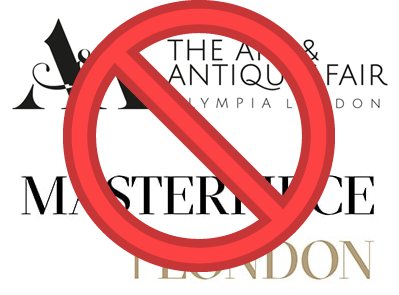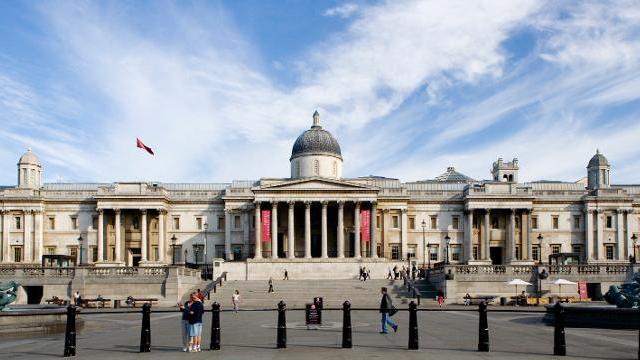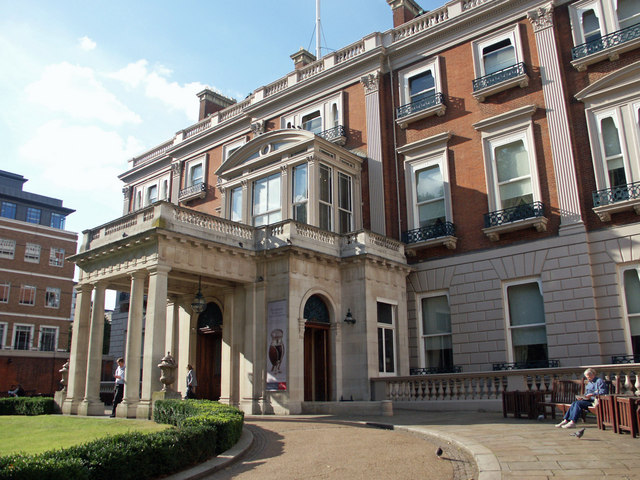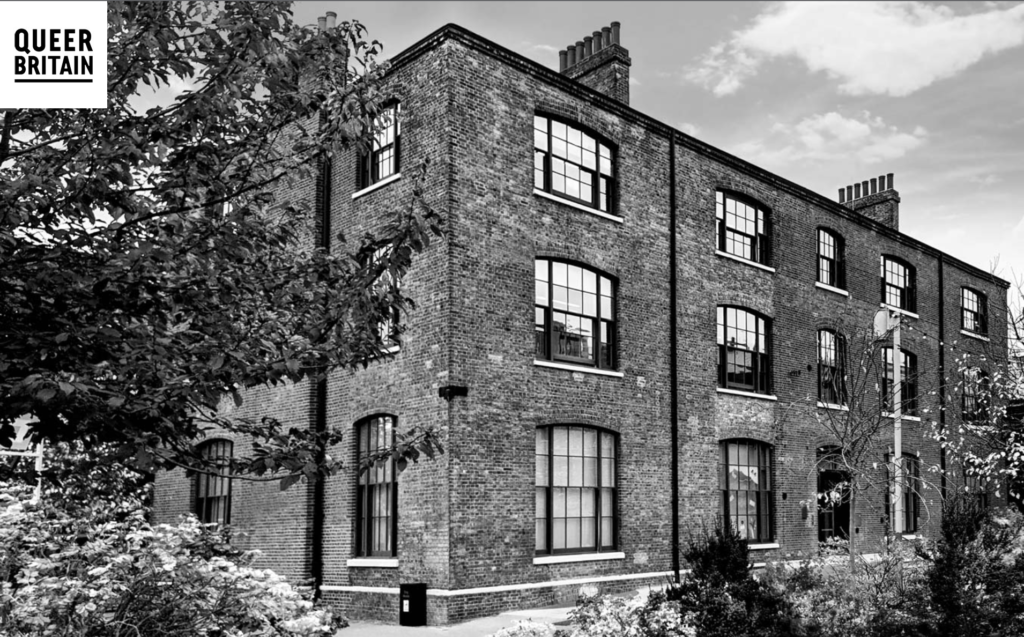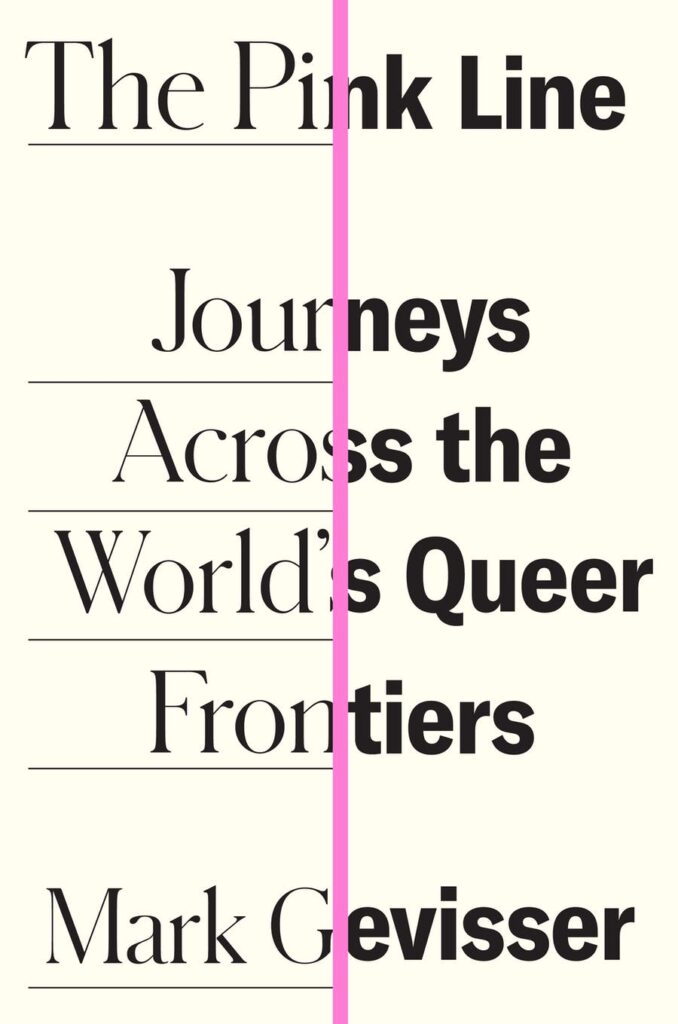
My hat is doffed in the direction of the Antiques Trade Gazette. Their reporting on the spate of dealer disbursals recently has included rationalizing phrases like ‘downsizing’, ‘don’t want to work so hard’, and ‘change of focus.’ What is never said, and presumably never voiced by the ‘downsizing’ dealers are phrases like ‘tired of throwing good money after bad’, or the simpler ‘ran out of cash.’ Perhaps not achieving the pinnacle of journalistic impact but thank heavens ATG has as it has always done put the best face possible on the trade, accentuating the positive, and making less of its, shall we say, vicissitudes.
This all sounds cynical and indeed it is. I’d call myself a nostalgic cynic, if both can coexist without one sounding barmy. A cynic about the state of the trade, but my nostalgia is not for anything so venal as the cash flow our business formerly spun off. I love the retail trade and it was a joy to go into our Jackson Square gallery, every day of the week. Mind, our open hours were weekdays and Saturdays, but Sunday was a catchup day, reviewing auction catalogues and entering any manner of stock purchases in the inventory program we still employ.
Things change, and our gallery traffic slowed to a trickle. While initially buoyed by trade through our website and enhanced by promotion of items on social media, fate took a hand, with our surviving parents becoming old and infirm all at once, necessitating a move to our benighted home town to look after them. We still were possessed of a few shekels saved from the good trading years but I opine that, had we not been otherwise called upon to do our duty to the old folks, we too might, at our disbursal, be employing, as noted above, face savingly euphemistic phrases.
But it’s an ill wind that doesn’t blow someone some luck, as indeed it has for the sale rooms. I note that one of my favourite local rooms, Dreweatt’s in Berkshire is tagged to offer the stock of the redoubtable dealers Windsor House, Piet Jonker, and King’s Road fixture Guinevere. ‘Favourite’ but I can’t say I’ve ever snagged a bargain at Dreweatt’s. A darling of the county set and within a stone’s throw of London, this particular auction house gets plenty of traction from city types who seek to accoutre their country cottages, or, while at the weekend, take in a view at Dreweatt’s and find something with which to enhance their overlarge homes in Kensington, Notting Hill, or such like neighbourhoods with the post code prefixes of ‘W’ or ‘SW’.
In taking a quick look at Dreweatt’s recent financial results, no question, its owner the art consultancy Gurr Johns must be feeling very sunny about things. Sunny enough, clearly, that it has been announced it would revive the revered name Mallett, the century and a half old dealer that during its tenure traded at the topmost tier of the trade in antiques, as a working entity. Long moribund and its name and such goodwill as survived was acquired by Gurr Johns as largely a throw-in as part of the assets associated with their purchase of Dreweatt’s. According to reporting, the new Mallett will work from Gurr John’s Pall Mall location, but not as a retail dealer as in former times, but as a consultancy with a focus on the decorative arts and, their words, ‘heritage collections’. Although not splashing out on inventory, Gurr Johns has made a high-profile commitment to the project, putting in Rufus Bird as director. A prominent name himself in the field of decorative arts, Bird has been not entirely settled since separating from the Royal Collections Trust in 2021.
Although pleased at the prospect of the revival of Mallett, if I’m honest that pleasure is heavily coloured with wistfulness, remembering the Mallett of the good old days, and witnessing in real time its anguished death throes, with the sale of its stock, abandonment of its retail spaces in London and New York, the company’s involvement in a tax fraud scandal. Shall I go on?
But at the end of the day, Mallett’s revival does nothing to ameliorate the decline of the retail trade, and ‘consultancy’ adds nothing but aridity. The ‘juicy’ part of the trade, and that in which successful dealers gloried, was the acquisition of fine quality material, using an intellect and an eye developed over many years, and glorying in the possession of gear of this sort handsomely deployed in the dealer’s own premises. I’ve often said that one of my few sadnesses whilst engaged in the retail sphere was when a piece sold quickly, denying me the chance to enjoy its loveliness. ‘Consulting’, as we do from time to time, involves sourcing material that never comes into our own possession, while collecting a commission from the client who employs us. Frankly, I’d call consultancy love at second best. There is, I’ll admit, a sensual aspect to maintaining one’s own stock, and carrying on metaphorically, consulting is rather like relying on shall we say porn when one would really rather indulge in the real thing. Arid, and not juicy. And for those scopophiles amongst my gentle readers, you’ll not I hope take offense but I’d submit that looking but not owning is scopophilia. Certainly at the least thwarted desire.
So, there we have it. The trade thinned out almost to the point of invisibility with the recent disbursal sales at auction. And Mallett’s ‘revival’, a revival of the crypto variety, as it will exist only as a consultancy. Mallett, then, now becomes an emblem of what the trade has become. And an emblem of the sad and ironic varieties. The vaunted king of the retail trade is now fashioned into something that provides for those of us who survive a wistful look backward into its and the trade’s glorious past.


